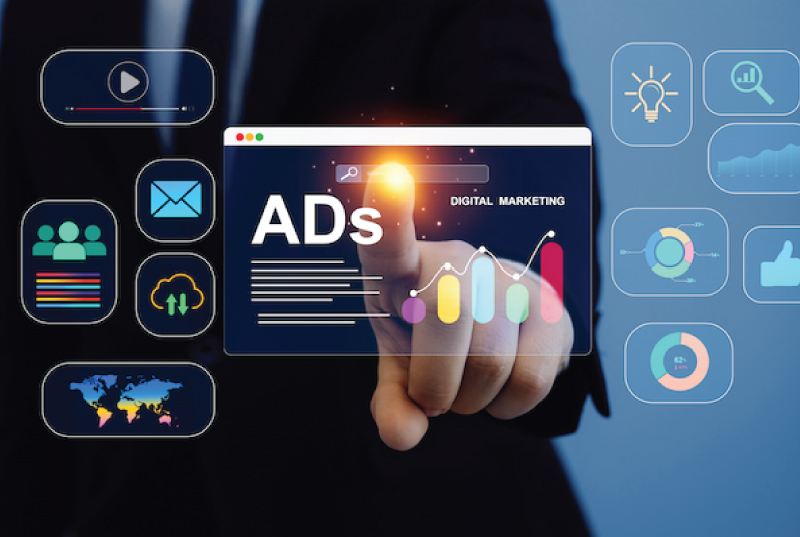Why Your B2B Attribution KPI Metrics Are (Probably) Wrong
Dive into the metrics B2B marketers should use when consumer advertising metrics just aren't working

Kathy Capeluto
Content Marketer, Demandbase
B2B advertisers are increasingly coming to the realization that consumer advertising metrics (like clicks and conversions/leads, among others) just aren’t right for their digital programs when used as the primary campaign KPIs.
So what metrics should B2B marketers use today?
The new era of advertising measurement
According to Forrester, traditional digital advertising optimization begins and ends with two flawed premises: that advertising’s highest and best use is inviting direct clicks, visits, and conversions, and that optimizing for the ratio of clicks to visits to conversions at the lowest possible cost is the best path to advertising ROI.
“Advertising optimization appears to add value on the surface, but advertising maximization looks beyond clicks and conversions to analyze and delineate the efficacy and value gained while also considering the amplitude for expansion potential.” – John Arnold
Source: Rethinking B2B Digital Advertising Optimization, Forrester, February 18, 2022
As such, progressive B2B digital marketers have abandoned the world where impressions, clicks, visits, and conversions, and the cost thereof, are the primary focus of optimization. Instead, they are charting a path where efficacy, amplitude, and value justify continued investment in one channel over another.
We understand this is a big change for some organizations. Although you may have existing reporting processes that are already established internally and existing reporting expectations from budget holders within your organization –– it’s time to evolve.
A short introduction to efficacy, amplitude, and value
Efficacy: When measuring efficacy, the focus is on the quality of impressions, clicks, visits, and conversions based on the target audience reached. Are you reaching the right people at the right accounts with your ads? If you’re not, then you are using precious budget on accounts that aren’t a good fit and/or haven’t demonstrated any buying signals.
Amplitude: This measure tells you how well your advertising efforts are influencing increased behaviors with the intended audience. There are many ways organizations define “influence.” Account lift (increases in page views during a campaign compared to a baseline period) or accounts engaged are good examples of measuring influence.
Value: When measuring value, the focus is on understanding performance and how it impacts pipeline and revenue. This is where you begin to understand campaign attribution and ROI. In order to assess campaign attribution and ROI, you need to look at a specific campaign outcome and understand the value of it.
This summary of these metrics is barely scratching the surface to introduce these concepts and their impact. For a more detailed review with examples of how the metrics would look in a real-life campaign, check out our eBook titled Modern B2B Advertising Measurement.
The bottom line
It’s time to stop relying on surface level campaign metrics alone –– they don’t answer important business impact questions.
Don’t launch campaigns in isolation and don’t measure their success in isolation. B2B advertising is often a long game. And to win, you must create and cultivate the highest quality of measurement processes. Trust us, your organization will thank you for it.

Kathy Capeluto
Content Marketer, Demandbase



